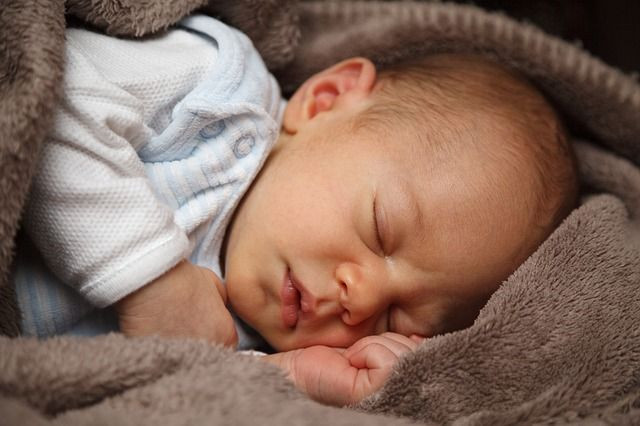What Is A ‘Three Parent’ IVF Technique? World’s First Baby Born Using DNA From Three Parents, But How?

The world’s first modern three-person baby is here and he’s already five months old.
As initially reported by New Scientist, a group of fertility doctors led by Dr. John Zhang of the New Hope Fertility Center in New York City helped a desperate couple artificially conceive a child using an experimental DNA-swapping technique. Like everyone else, the child, a boy, has nuclear DNA from his birth mother and father. But he also has the mitochondrial DNA of a second donor woman. Though there had been previous successes at creating three-person babies during the early 1990s, the boy is the first to be born with this technique, called spindle nuclear transfer.
“This is great news and a huge deal,” Dr. Dusko Ilic, a stem cell researcher at King’s College London unaffiliated with Zhang’s work, told New Scientist. “It’s revolutionary.”
The technique was used because the mother carried a rare mutation that increased the chances of her children developing a rapidly fatal neurological condition called Leigh’s Syndrome. The mutation for Leigh’s Syndrome is carried in the small subset of DNA found in our cells’ mitochondria, the so-called powerhouse of the cell. Because we obtain the genes for making mitochondria exclusively from our mother and 25 percent of the mother’s mitochondria carried the mutation, there would always be a chance that she would pass it on to her children. Indeed, although the mother herself was healthy, two of her children had already succumbed to the disease.
Scientists have theorized that three-person fertility techniques could prevent Leigh’s Syndrome and other mitochondrial diseases, but success has been fleeting. An earlier pioneering method created in the late 1990’s was banned in the U.S. in 2002 following concerns that these children would be at heightened risk of developmental disorders or other health problems, That left behind 30 to 50 children worldwide born with DNA from three people, and at least one seemingly healthy teenage girl.
In 2015, the United Kingdom approved the use of a new technique, one that swaps out the nucleus from a donor fertilized egg with the nucleus of the mother’s fertilized egg and implants the donor embryo into the mother’s uterus. Because of the couple’s Muslim beliefs, however, Zhang had to use another method that didn’t destroy embryos. The nuclei were instead swapped out before the donor egg was fertilized by the father’s sperm. Out of five embryos created, only one made it successfully through.
Because neither technique is approved in the U,S,, Zhang performed it in Mexico, where “there are no rules,” he told New Scientist.
As of now, the boy is perfectly healthy. Since he carries less than 1 percent of his mother’s mitochondrial DNA, though, there’s still the remote chance there could be complications down the road. Being a boy, however, means that he’ll never be able to pass on any lingering mitochondrial mutations, which was a conscious choice made by Zhang’s team and the couple.
The scientists plan to keep track of his health for the foreseeable future, and the team will formally present their work later this October at the American Society for Reproductive Medicine’s Scientific Congress in Salt Lake City, Utah.



























